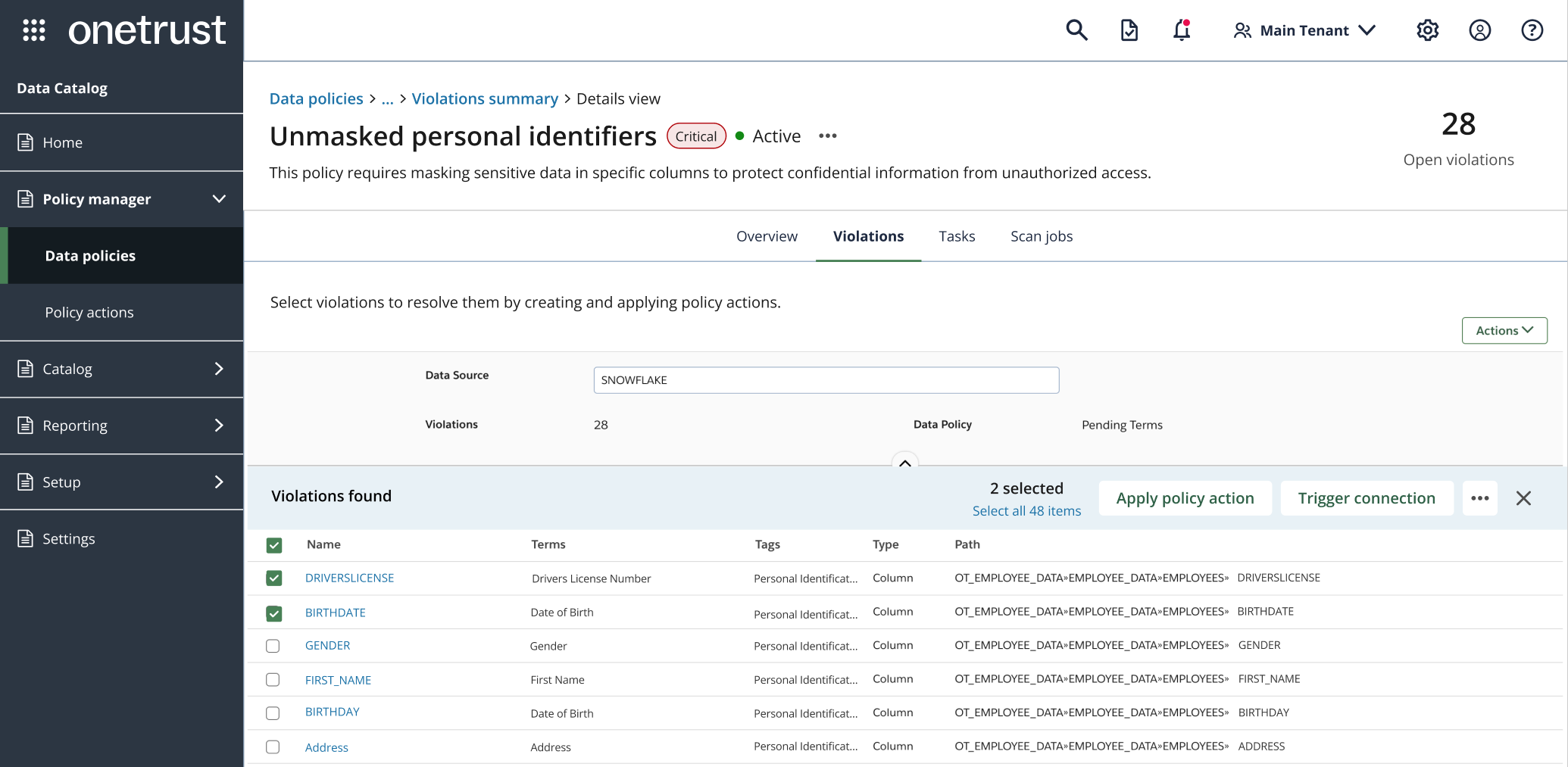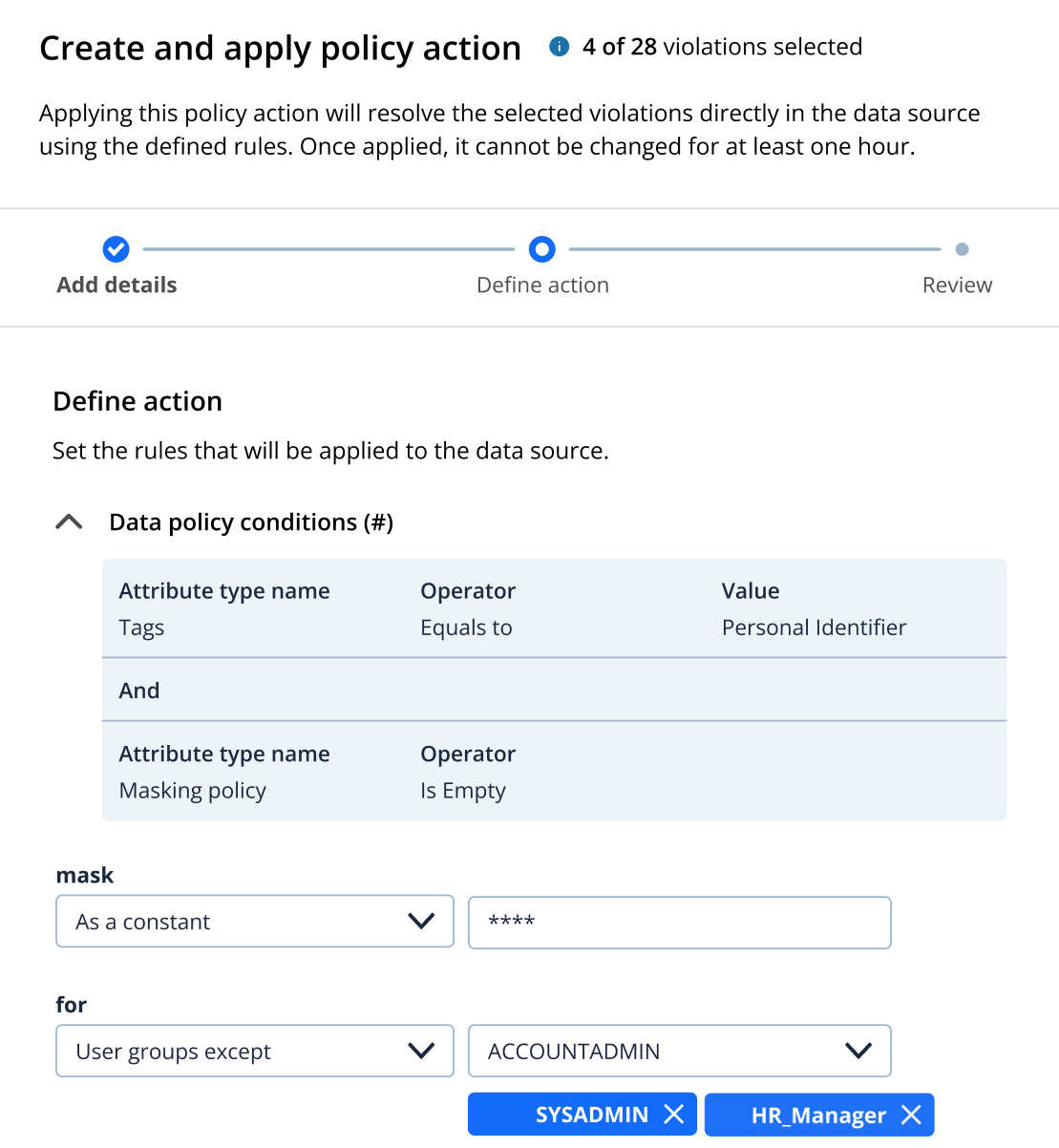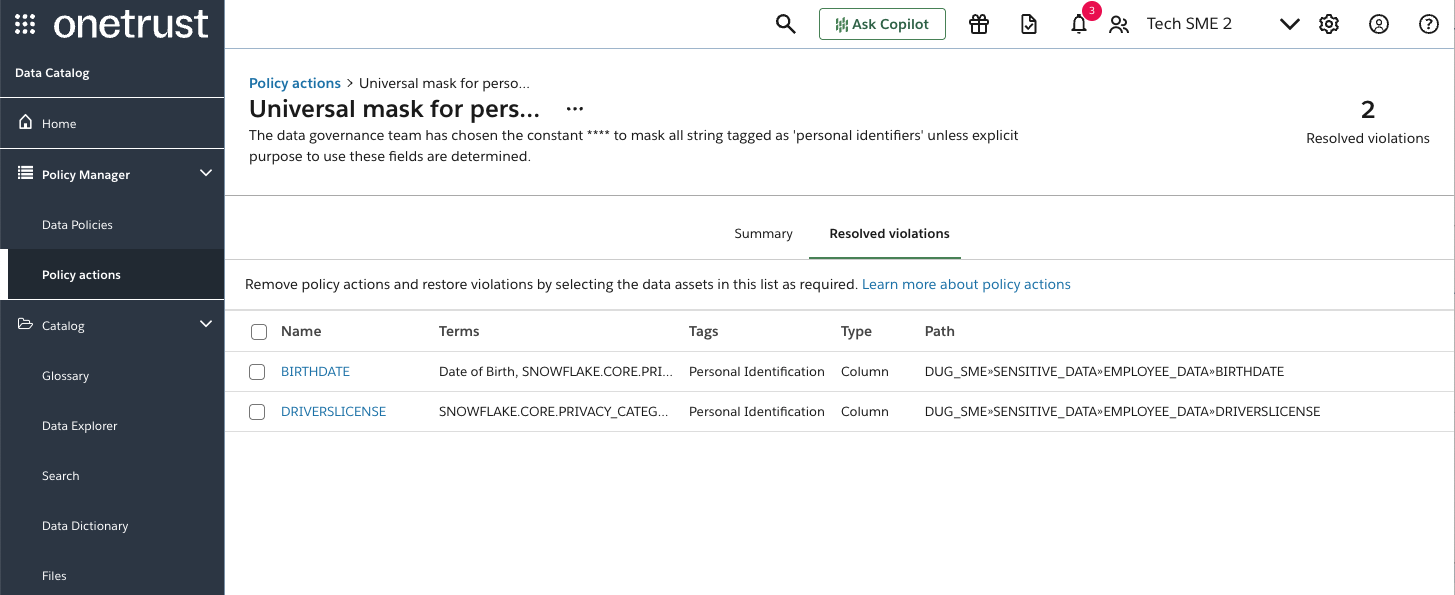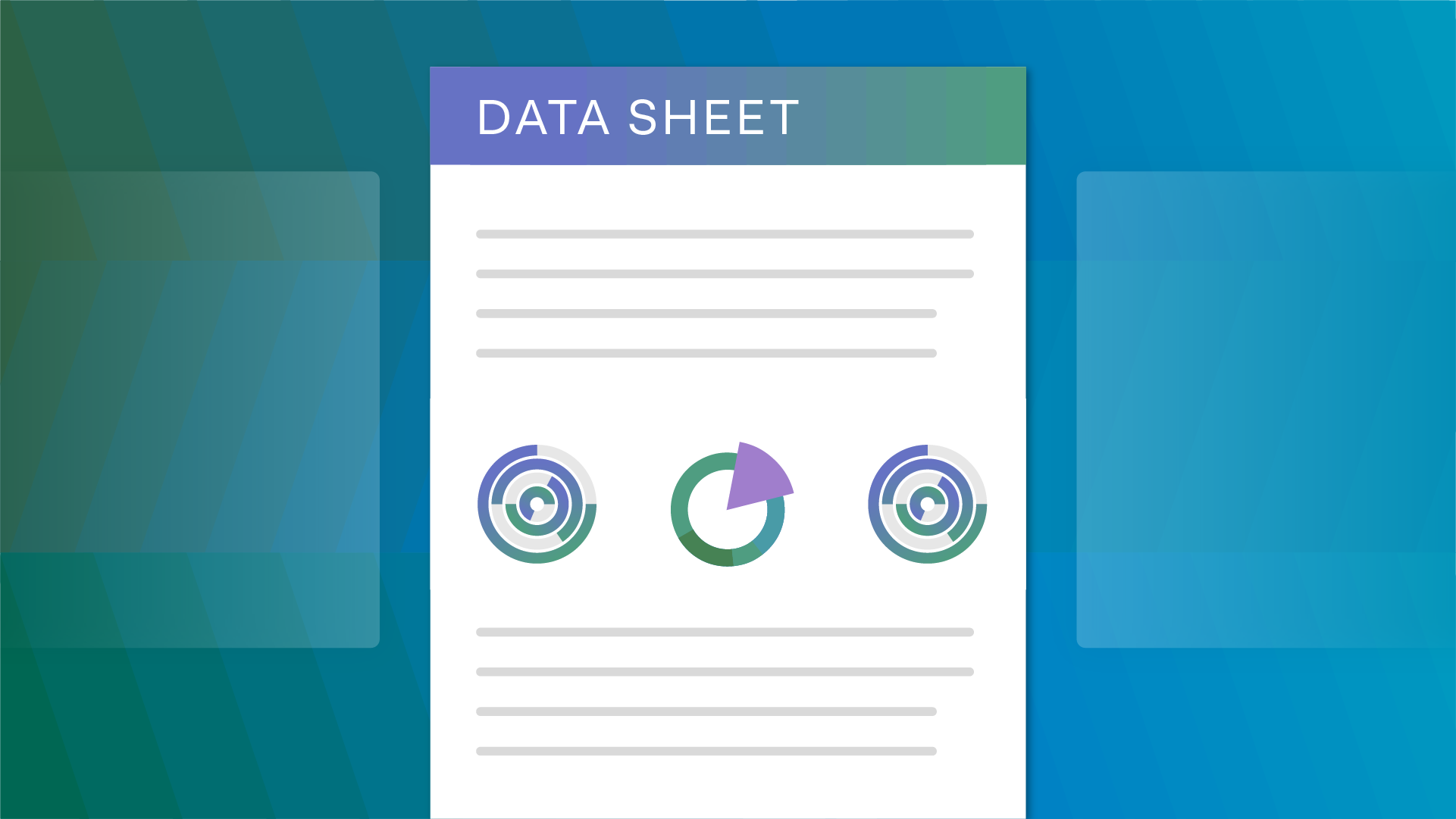OneTrust is on a mission to accelerate the responsible use of data. We're working with companies that want to scale their use of AI, analytics, and data sharing while respecting individual privacy and ensuring compliance with evolving regulations. This balance — maximizing data value while minimizing risk — has become increasingly challenging as data volumes grow and regulatory landscapes become more complex.
The traditional approach to governance has focused on documentation and manual processes. We are changing that paradigm with programmatic policy enforcement that makes governance actionable at the point of data use.
Why data governance is failing
Most organizations have invested heavily in cataloging assets, documenting policies, and building governance frameworks. But these investments often result in "governance as documentation" rather than "governance as implementation." The gap between documented policies and actual data usage creates significant risk.
Data teams face competing pressures: they need to deliver insights quickly while ensuring compliance with a growing web of regulations and internal policies. When governance exists primarily as documentation, disconnected from data workflows, it creates friction that either slows innovation or encourages workarounds.
The result? Organizations face a critical choice: enforce governance and slow innovation or accelerate data use and accept increased risk. Neither option is sustainable.
The challenges facing data governance teams
Data governance professionals find themselves in an impossible position:
- Implementation gaps: Policies defined by governance councils rarely translate to technical controls.
- Limited visibility: Once data access is granted, there's little insight into how data is used
- Scale challenges: Manual review processes can't keep pace with AI-scale data use.
- Technical barriers: Governance teams lack the technical means to enforce controls at the query and processing layer.
- Organizational friction: Governance teams are seen as the "department of no" undermines governance adoption.
The most concerning reality is that governance teams often have no practical way to enforce their policies at the point of data use. They can document what should happen but lack the technical means to ensure orchestrate consistent enforcement.
Empowering data governance professionals
Policy enforcement bridges the gap between governance intent and operational execution. It transforms static documentation into automated, real-time enforcement where the data is accessed. OneTrust’s approach brings together multiple contexts — business, regulatory, consent, and data — so teams can make enforcement decisions faster. Policies can be managed centrally, unifying privacy, consent, and compliance policies within one platform, that can be enforced across an organization’s entire data estate. This leads to:
- Automated enforcement: Policies are translated into technical controls that are applied based on changes in the data
- Developer-friendly: Enforcement occurs without disrupting existing workflows
- Governance-defined: Governance teams remain in control of policy creation while automation ensures consistent implementation
- Context-rich governance: Enforcement leverages business, regulatory, consent, and data contexts to ensure precision and compliance
For governance professionals, this means that the policies they define are enforced automatically. They gain visibility into how policies are being enforced and can measure policy effectiveness across the organization, allowing them to focus on policy design rather than manual enforcement. Policy enforcement turns governance into a business enabler, allowing organizations to move fast without breaking trust.
How policy enforcement works
OneTrust’s Data Policy Enforcement product integrates directly with modern data platforms. The policy enforcement engine programmatically applies native controls to each platform. For example, Snowflake leverages Snowflake's external functions and row access policies, while Databricks integrates through Unity Catalog's access control and table ACLs.

















